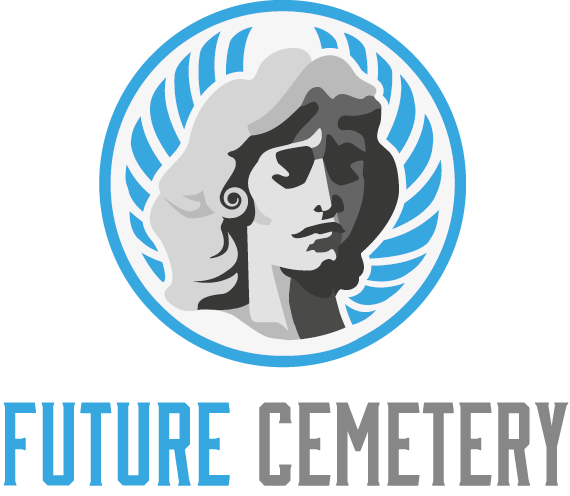The concept behind memorial park is to provide visitors with an atmosphere of natural beauty, peace for quiet meditation and a sense of dignity and honor to the memory of their loved ones.
Unlike traditional cemeteries, memorial parks develop park-like rolling lawns within which landscape features delineate the rows of plots and larger sections of the cemetery. These features may include central water features, statuary or gathering spots.
Memorial parks are cemeteries with landscaped plots
A memorial park is a cemetery with landscaped plots where people can memorialize their loved ones. The burial site is usually a garden-style lawn with a monument or marker in the center.
These markers are either flush-to-the-ground in granite or marble or flat cast bronze markers set on granite bases. They serve as a physical reminder of a loved one and help to connect visitors with the deceased in perpetuity.
The erecting of these markers is an act of remembrance that helps mourners cope with loss and move from a life dominated by physical presence to one based on remembrance.
The land where cemeteries are placed should conform to the surrounding terrain and be cultivated with native planting materials that create shade and texture. It should also be designed to minimize the potential for interference with unforeseen additions to the local street network, such as cross streets. This is particularly important for cemetery areas where the long axis of the rectangle is parallel with radiating thoroughfares.
They are a place of reflection
A memorial park is a place where you can honor and commemorate the lives of the dead. It is also a place where families can form new traditions and reminisce about their loved ones. Some memorial parks even boast a range of active and passive recreational facilities.
The most impressive feature of a memorial park is its landscaped plots. These are usually manicured and well-groomed. This allows visitors to enjoy a sense of peace and quiet that is unmatched by the bustling noises of city life. In addition to a wide array of flowers and trees, many memorial parks have man-made water features or waterfalls. The best part about these features is that they can be enjoyed at any time of day or night. There are even a few that feature night-lit pathways. This makes for a very pleasant visit, no matter the time of year. For example, the Garden of Reflection at the 9/11 memorial in lower Makefield is home to the largest manmade waterfalls in North America.
They are a place of celebration
Memorial parks offer a range of events and activities that foster a sense of community. These include picnics, candlelight vigils, and memorial services.
These events are a way for families to come together and share their grief, fostering a sense of healing. They also help individuals process their emotions and find closure.
In addition to promoting healing, memorial parks serve as an opportunity for community members to express their creativity. This artistic expression can also bring people together, establishing a shared cultural identity.
This is particularly true in Houston, Texas. This weekend, the city’s popular Memorial Park is getting a new feature that will be celebrated with The Biggest Picnic in Texas.
They are a place of healing
Memorial parks are an excellent source of healing and restoration for the bereaved. Unlike traditional cemeteries, these sites are a haven for families to come together and pay their respects to a deceased loved one. Besides offering a tranquil environment for family remembrance, the perks of being at a memorial park also include things like scenic walking paths and meditation areas.
The above mentioned park features a number of noteworthy amenities, including a large mausoleum and multiple monuments. They are also home to man-made water features, a variety of trees, and gardens. These features are designed to make the experience of visiting a memorial park even more memorable.
Moreover, they can also serve as the inspiration for a unique and meaningful memory that will last a lifetime. For example, a well-designed mausoleum or tomb can create a lasting tribute that will bring joy to future generations of family members. It may even help them find closure and move on with their lives.









